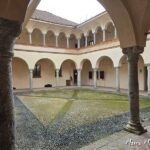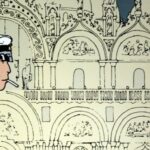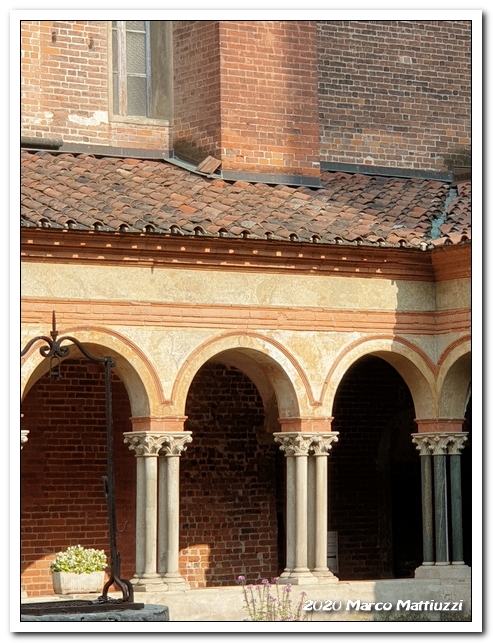
Observing ancient architectural structures has a power as staggering as beholding a masterful painting or a sublime symphony. Each brick, each column, each intricate detail serves as a brushstroke on an expansive and complex canvas.
Nestled in the heart of Vercelli, the Abbey of Sant’Andrea stands as a stage where the past and present collide, whispering secrets only audible to those willing to listen. Dating back to the 13th century, this extraordinary blend of Romanesque and Gothic styles carries with it the imprints of hands that have built, modified, and even marred it over the ages.
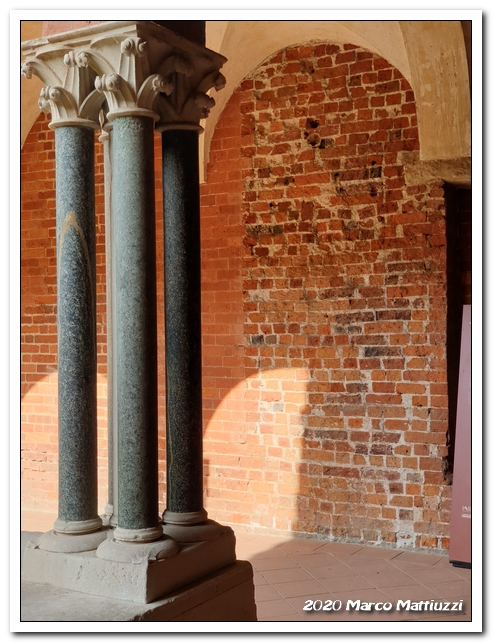
Walking beneath the portico of the cloister feels akin to traversing a corridor through time. The sequence of perfectly aligned bricks along the walls suddenly shifts, unveiling a section of masonry distinctly different. It’s as if someone had torn a page from an ancient book to insert a new one, written with a different ink and an unfamiliar typeface.
Yet, this isn’t an addition as one might initially think; rather, it’s a subtraction—a void. There was a time when a formidable buttress interrupted the passage like an old gatekeeper demanding to be acknowledged. Apparently, a past abbot deemed it more a nuisance than a necessity. Thus, in a choice that nearly defies gravity, the buttress was severed at its base, leaving its upper extremity hovering over the archway like a stone specter.
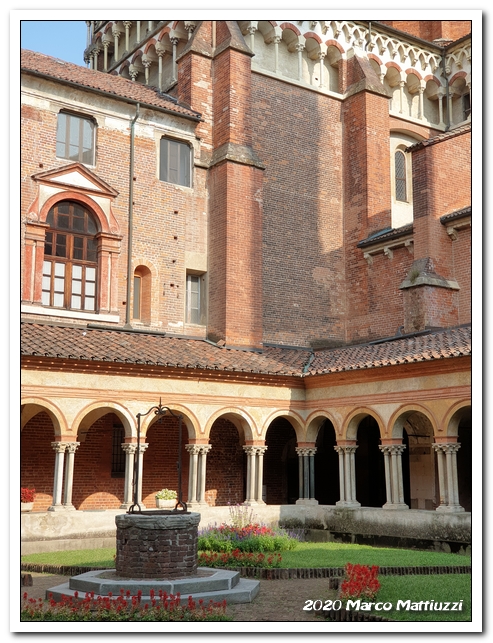
Since uncovering this anomaly, a sort of reverential dread overtakes me every time I walk through that specific stretch of the portico. I pause, look up, and for a brief moment consider the irreversibility of time and the choices that forever alter the face of what we touch.
Perhaps it’s irrational, but I avoid walking directly beneath that arch. After all, in the silent language of architecture, one never knows what secrets may lurk or what warnings may be concealed in the folds of history.



